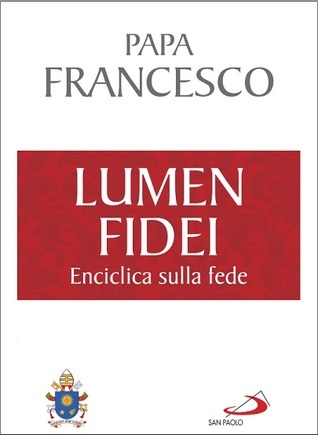What do you think?
Rate this book


La première encyclique du pape François.
Écrite à quatre mains avec le pape Benoît XVI, cette encyclique vient compléter la réflexion entreprise sur les vertus théologales à travers les encycliques sur l'amour et l'espérance. Revenant au cœur de la foi catholique, cette réflexion invite à une profonde méditation sur les liens qui unissent la foi à la vérité et à la raison et proclame une foi en l'amour dont la vérité est d'abord "la vérité d'un amour". Ancrée dans la fraternité et l'ouverture, la foi annoncée se partage largement et Lumen Fidei appelle les chrétiens au partage, non seulement pour partager leur foi, mais pour se mettre "au service concret de la justice, du droit et de la paix."
Moins de quatre mois après son élection, le pape François signe en étroite collaboration avec son prédécesseur une réflexion profonde, construite et ouverte qui rayonne d'une lumière appelée à se transmettre.
Traduction française officielle.
90 pages, Mass Market Paperback
First published June 29, 2013